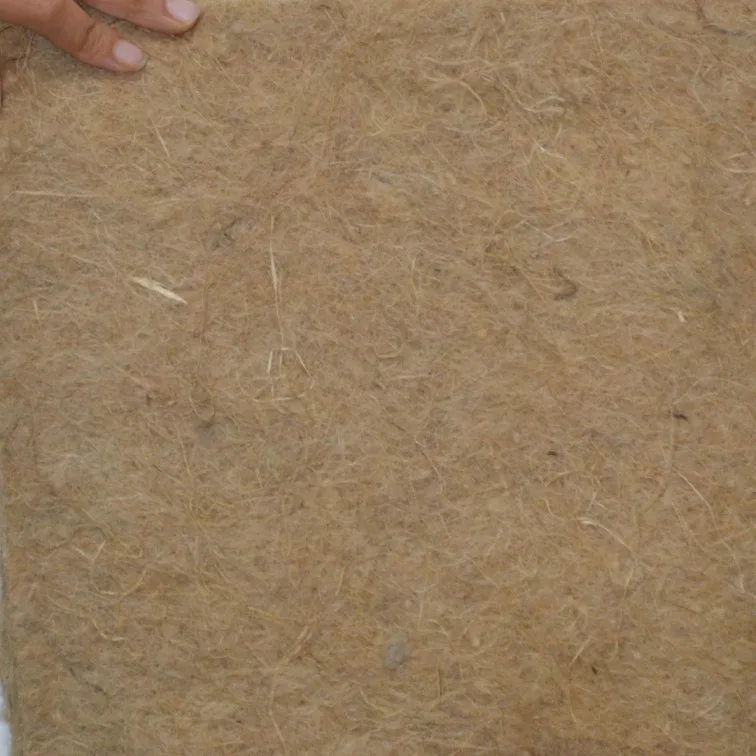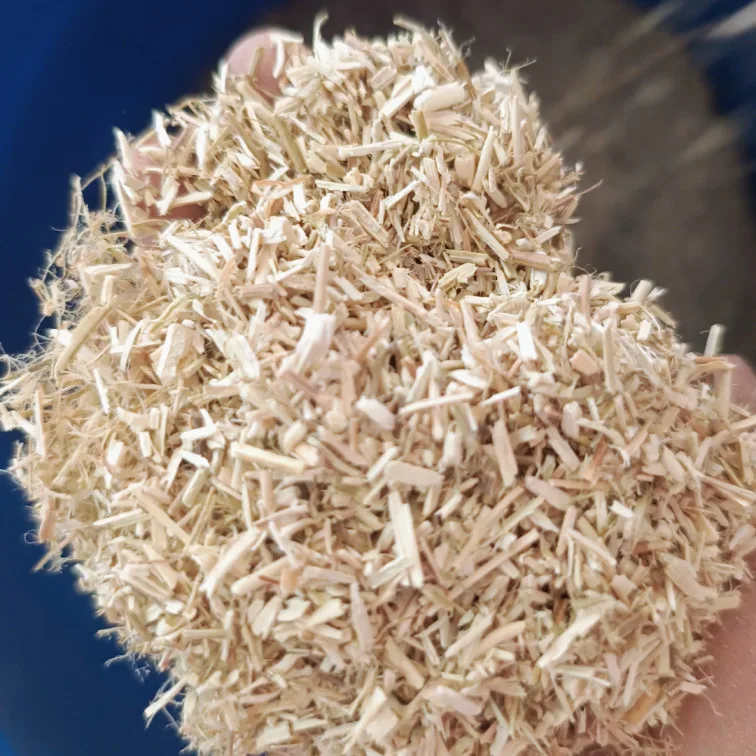Hemp: Nature’s Solution for a Greener Tomorrow
Hemp, or industrial hemp, is a highly versatile biomaterial derived from the Cannabis plant species, known for its industrial applications. It is one of the fastest-growing plants, yielding the highest biomass per acre while requiring minimal resources. Every part of the hemp plant can be refined into various commercial products, including medicines from its flowers and leaves, nutritional and cosmetic products from its seeds, textiles, bioplastics, and biocomposites from its fibers, and building materials, paper, and animal bedding from its woody core. Hemp’s resilience, productivity, and adaptability make it an ideal solution to meet the planet's growing demand for essentials like food, shelter, and clothing, all while promoting sustainable development.
Gohemp is India’s leading hemp raw material supplier from Indian state of Uttarakhand.










